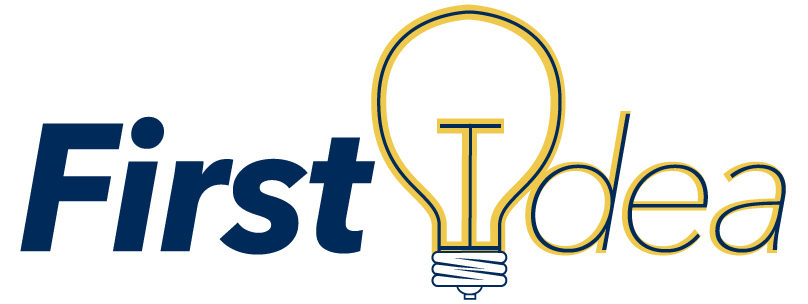The evaluation and assessment of people working within, or applying for, positions in your organization may not be an unfamiliar concept. After all, entire scientific specialties revolve around assessment and selection methods to evaluate the appropriate qualities that have been identified as crucial for the success of a new-hire or promotional candidate. Various types of assessments (behavioral, situational judgment, cognitive, personality, knowledge-based, etc.) exist and can each be applied effectively under the appropriate situation and desired outcome. However, the largest takeaway from the outcomes of those assessments is to determine whether a candidate is pursued further for an open position. In doing so, however, half of the picture is missed.
While hiring decisions can ultimately benefit from any additional information about a candidate, many other aspects of an employee life-cycle can benefit as well, not only for the organization but for the employee’s growth and satisfaction levels. To that point, while the perceived cost of implementing an assessment tool may be of concern, there is the increased importance on selecting a tool that could be helpful from several angles and not just from a selection standpoint.
Employees in today’s workforce want to feel invested in by their employers which is largely derived by how much they feel encouraged to their purpose of professional development efforts. Therefore, linking and using information gained from an assessment to aid in the employee’s development can demonstrate genuine investment. Assessments can help each of the following developmental efforts:
- Integrating with new team members,
- Navigating new cultures through mergers and acquisitions,
- Leadership development for high-potential employees, and
- Creating action plans for employees who may be struggling.
Largely, the outcome of an assessment process should be mutually beneficial to both the organization and the employee. A development plan can be created from the assessment information and tailored around the needs of the organization and/or what the current situation is for each employee. A supervising manager and the employee can then begin to more accurately identify an action plan and initiatives that are more applicable to the employee’s current state while gearing towards the appropriate developmental goals.

